△ "Still Life with Tulips"
Image copyright©️
[New Sancai Compilation First Edition] Tulips are recognized around the world as harbingers of spring: in New York City, they appear along Park Avenue and in parks throughout the city; in Srinagar, Kashmir, India, tulips Srinagar Tulip Festival is the largest tulip festival in Asia; in spring in the Netherlands, more than 7 million tulips are in bloom across the country.
Tulips’ widespread popularity has also made them a timeless muse for artists, a reliable symbol of spring, and a cornerstone of vibrant landscapes. As we approach the peak of tulip season, learn more about the history of this beloved floral pattern.
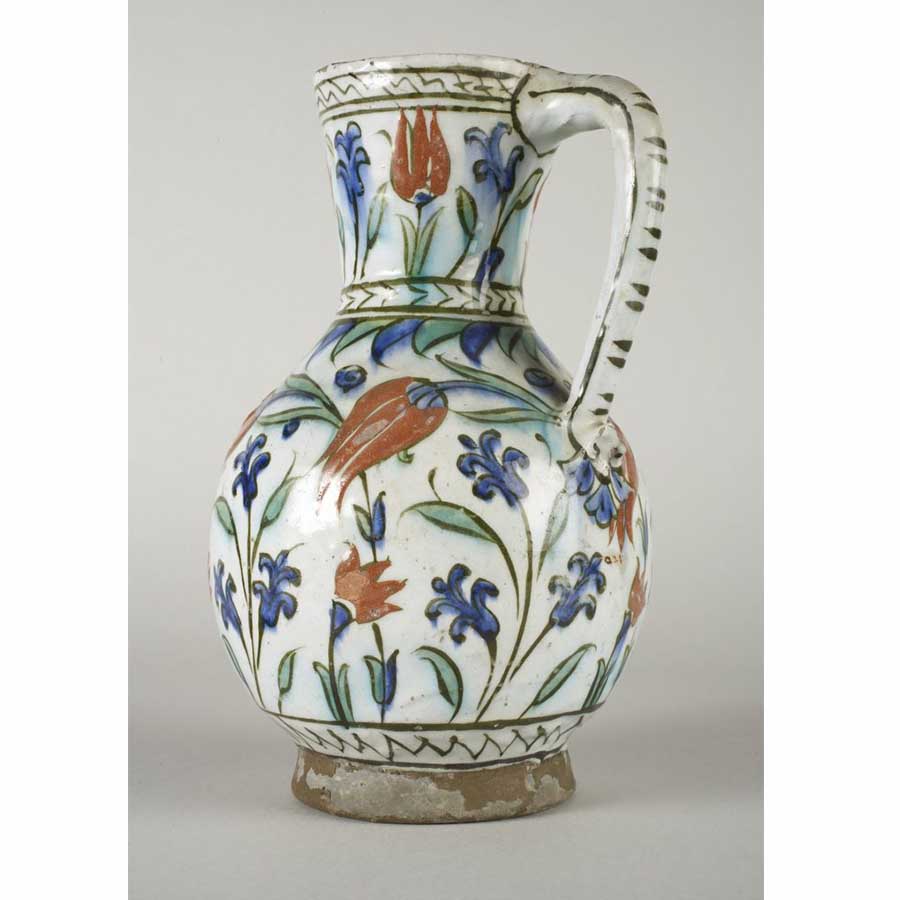
Tulips are thought to be originally native to the Tianshan and Pamir-Alay mountains in Central Asia, an area between modern-day Tajikistan, Afghanistan, Pakistan and western China. From here, wild flowers spread far and wide, including much of the western part of the Asian continent, especially the Caucasus and the Anatolian Peninsula within the Ottoman Empire. The name "tulip" comes from the Persian word "turban". Wild tulips were planted and propagated as early as 1000 AD.

The tulip pattern was quickly adopted as part of the visual culture of the Ottoman Empire and was widely used in decorative and fine arts, such as tiles, carpets, tapestries, paintings, and paintings. In addition to symbolizing beauty, abundance, and love, they were also considered to be a barrier against evil and a conduit for meditation, as evidenced by their depictions on amulets and the decoration of orchid religious sites.
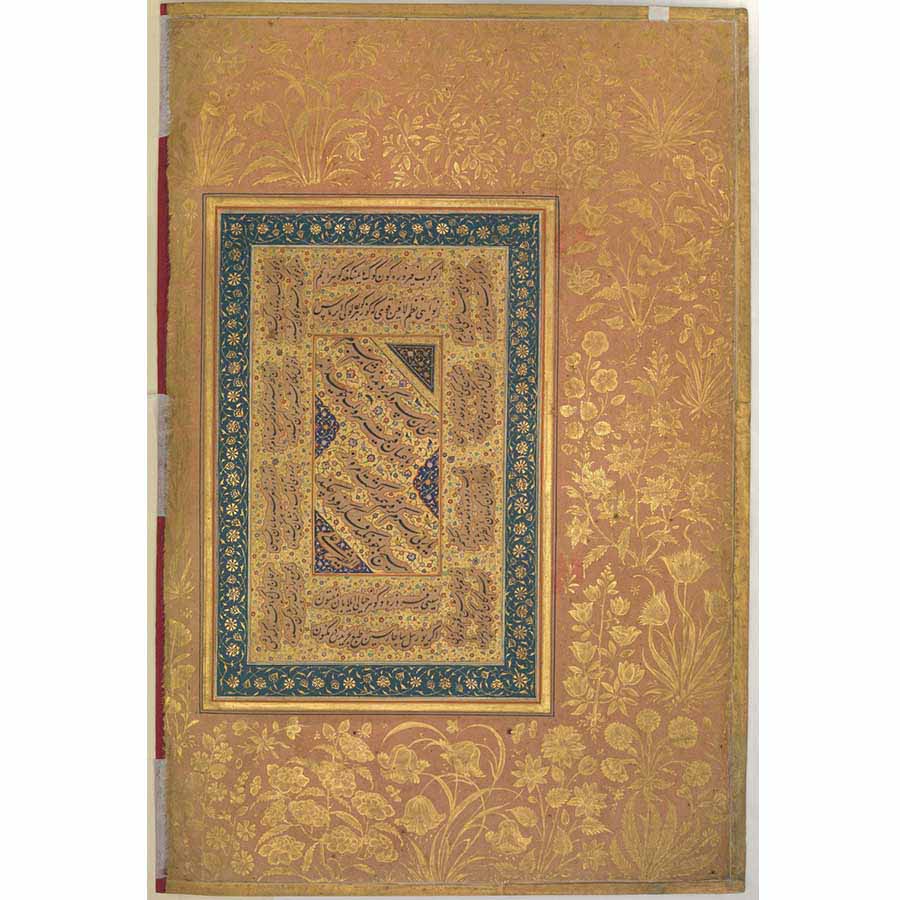
Gardens were an important part of Ottoman culture and were heavily influenced by Persian garden design, which in turn influenced gardens in Western Europe. With the introduction of cultivated tulips, they quickly became a widely popular element in Ottoman garden design and became a symbol of the refined and luxurious Ottoman gardening culture.
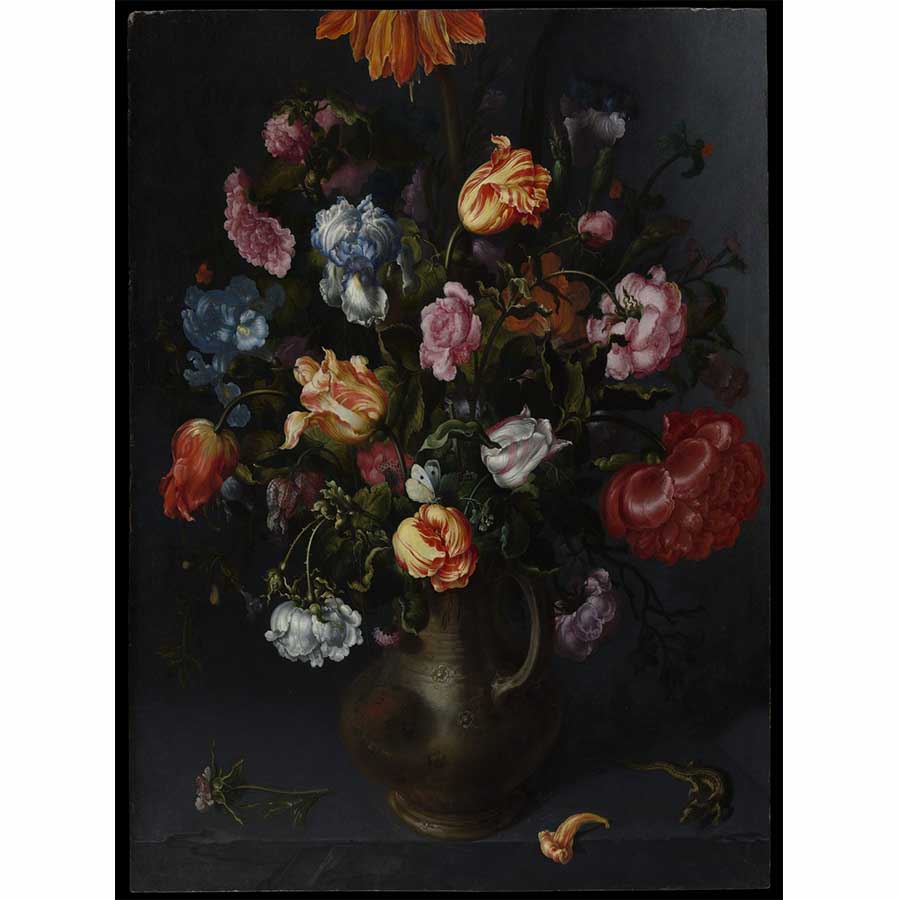
No period in the history of art is more closely associated with the tulip than the Dutch Golden Age. With economic prosperity, scientific discovery, art and culture flourishing, tulips gradually became a symbol of Dutch success. There is some debate as to exactly when the first tulips were brought to the Netherlands. But it is known that they were imported from the Ottoman Empire in the second half of the 16th century. Tulips were already an expensive commodity, and demand for specific bulbs of different colors and varieties soon outstripped supply, and so Tulip Mania began. In its heyday, the price of rare and valuable tulip bulbs was as much as the annual salary of an artisan.
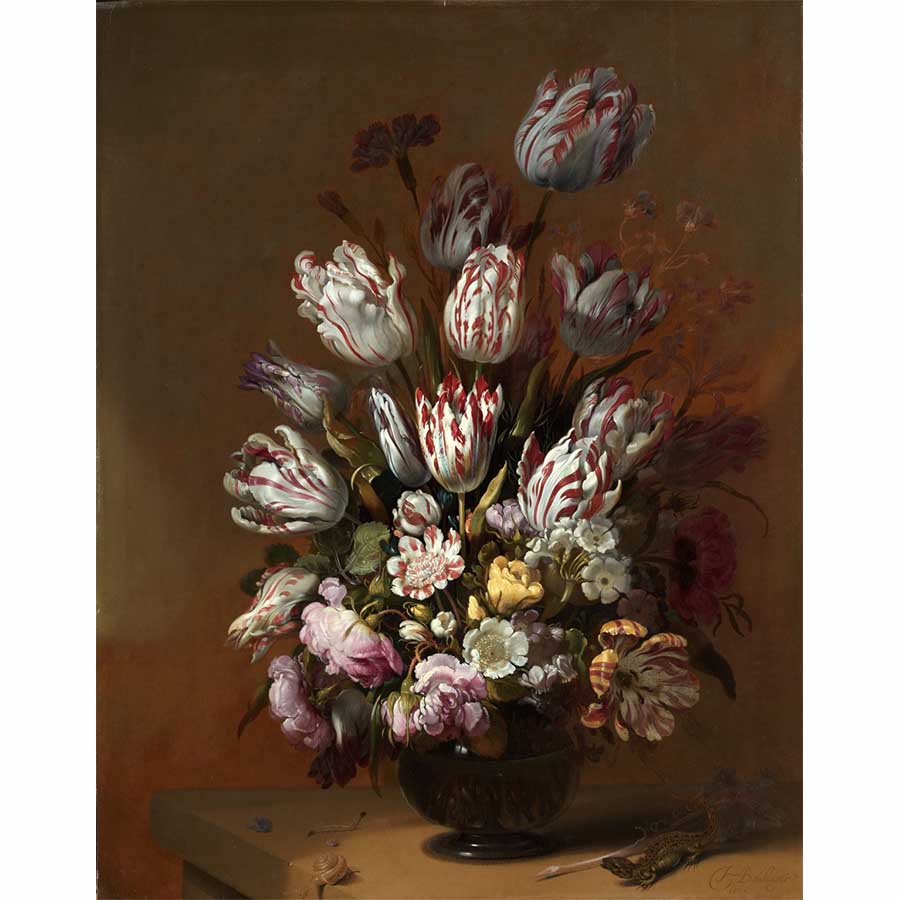
Coinciding with the tulip craze and the region's economic boom was the rise of Calvinism, which caused religious painting and church decoration to fall out of favor. Still life paintings involving tulips suddenly became popular as a new, wealthy class of citizens desired luxury goods and landscape paintings. Within the broad genre of Dutch still life painting, floral still lifes are highly regarded and remain a recognizable symbol of Dutch still life painting.
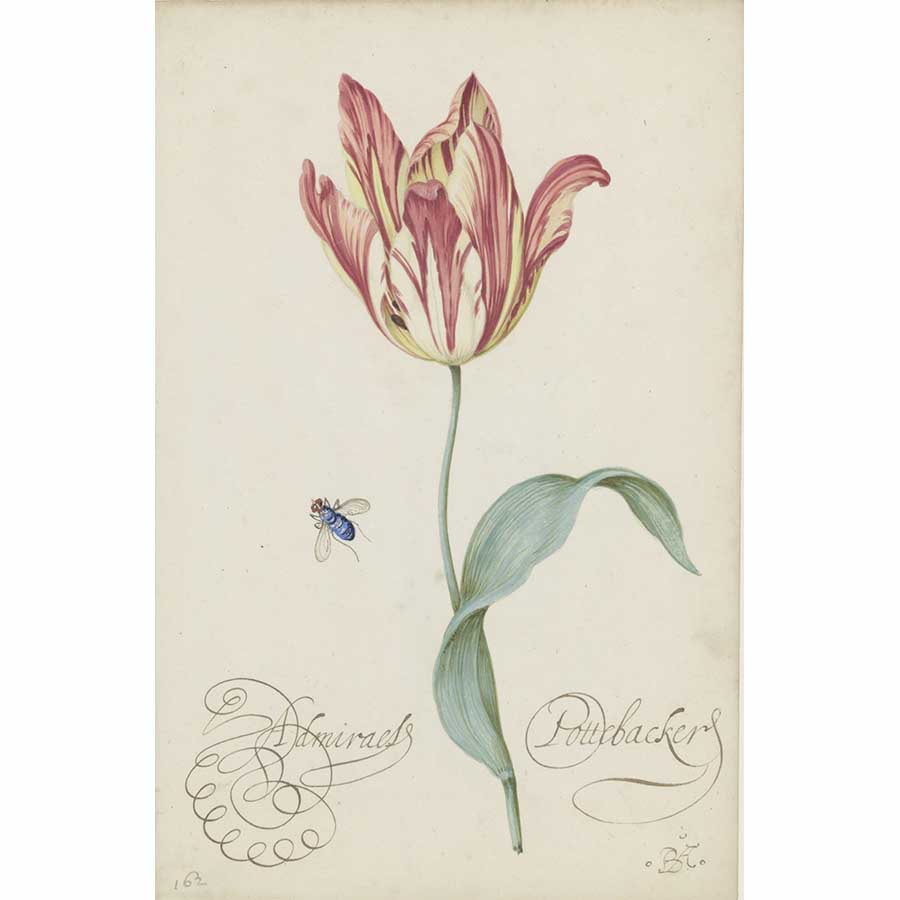
Due to the high price of tulips, especially rare varieties like the Semper Augustus, many artists were limited to creating printed reproductions of certain tulips. Tulips represent wealth and wealth, not only for the individual who owns the painting or flower, but also for the country. However, the concept of memento mori - a reminder to us all that "death awaits" - is also immediately recognizable to the people of that era. The flowering period of tulips is relatively short, lasting only one to two weeks, and in a pious religious context, the blooming and withering states of the flowers imply the inevitability of death and final judgment.
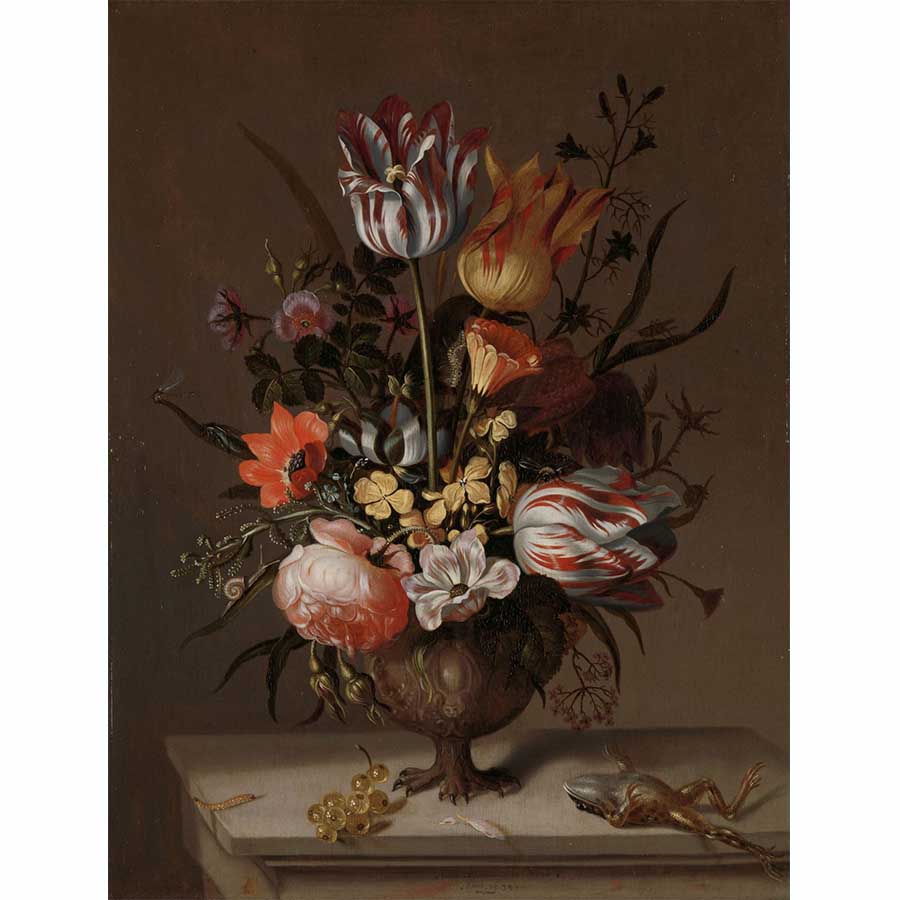
The tulip market eventually shrank in the 1630s, but the love for tulips endured. In the centuries that followed, tulips continued to play an important role in Dutch art, and the flowers and their cultivation became a cornerstone of Dutch culture. Interestingly, in the 18th century, the Ottoman Empire experienced a similar tulip craze, leading to what is known as the Tulip Period or Tulip Era. Promoted by court society, tulips were seen as a symbol of nobility, luxury and prosperity. Although it only lasted from 1718 to 1730, both art and architecture developed tremendously during this period of peace.
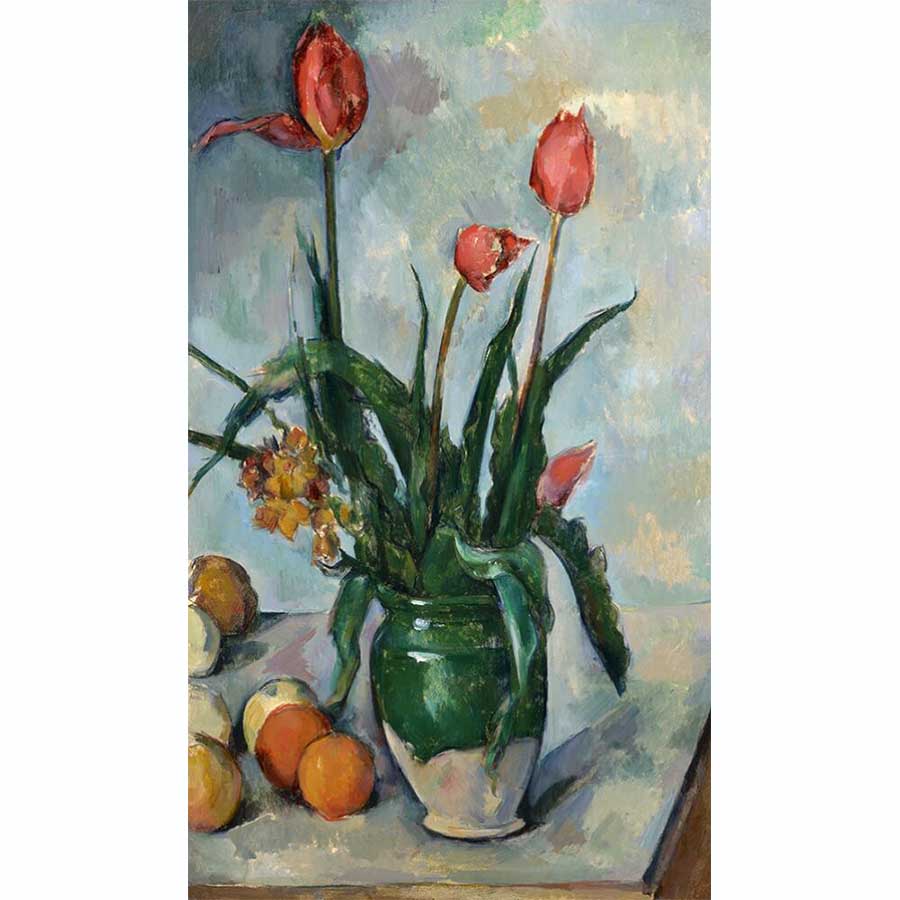
After the bulb was introduced to the Netherlands in the early 1600s, it was soon introduced to the African continent. By the 19th century, across the Atlantic, tulips had become widely popular in American folk art and crafts. Appearing in wood carvings, textiles, ceramics, paintings, and even moulds, the tulip pattern proved highly adaptable as its streamlined silhouette could be geometrically simplified or exaggerated.
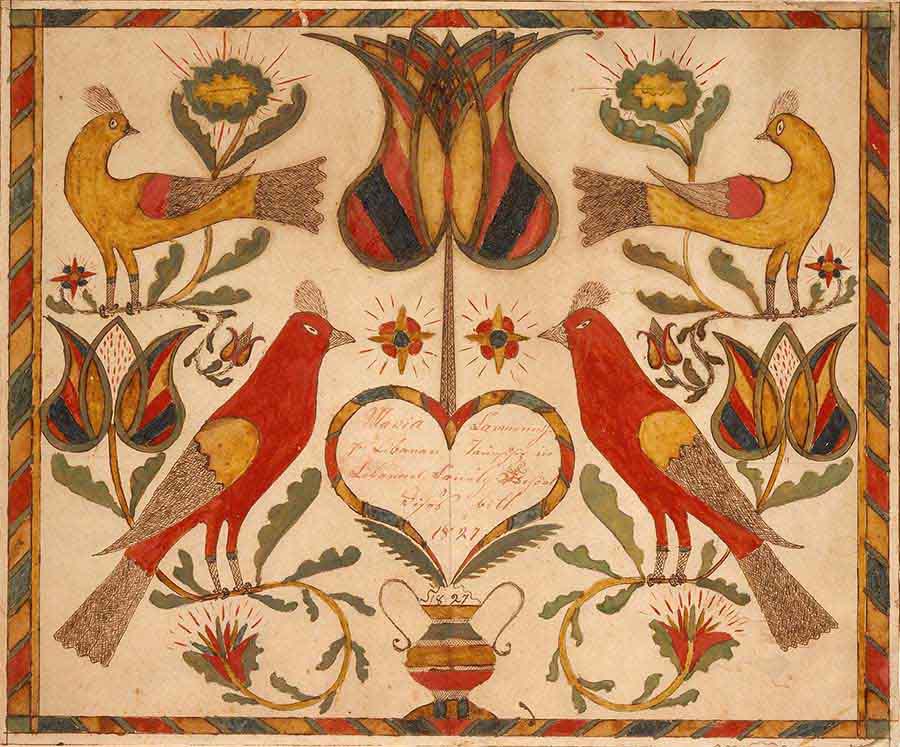
The tulip pattern has special significance in the history and traditions of the Pennsylvania Dutch. The relatively isolated community of Protestant German immigrants who settled in Pennsylvania at the turn of the 18th century and their descendants has developed a rich and unique tradition of folk arts and crafts. Pennsylvania Dutch folk art favored bright colors, symmetrical designs, and often used tulips, which reflected the popular aesthetic preferences of the time. The Pennsylvania Dutch figure appears on wooden boxes, embroidery and other items, especially quilts and "Fractur font" are the most prestigious. Because they are often used to decorate important documents or documents, such as birth or marriage certificates,
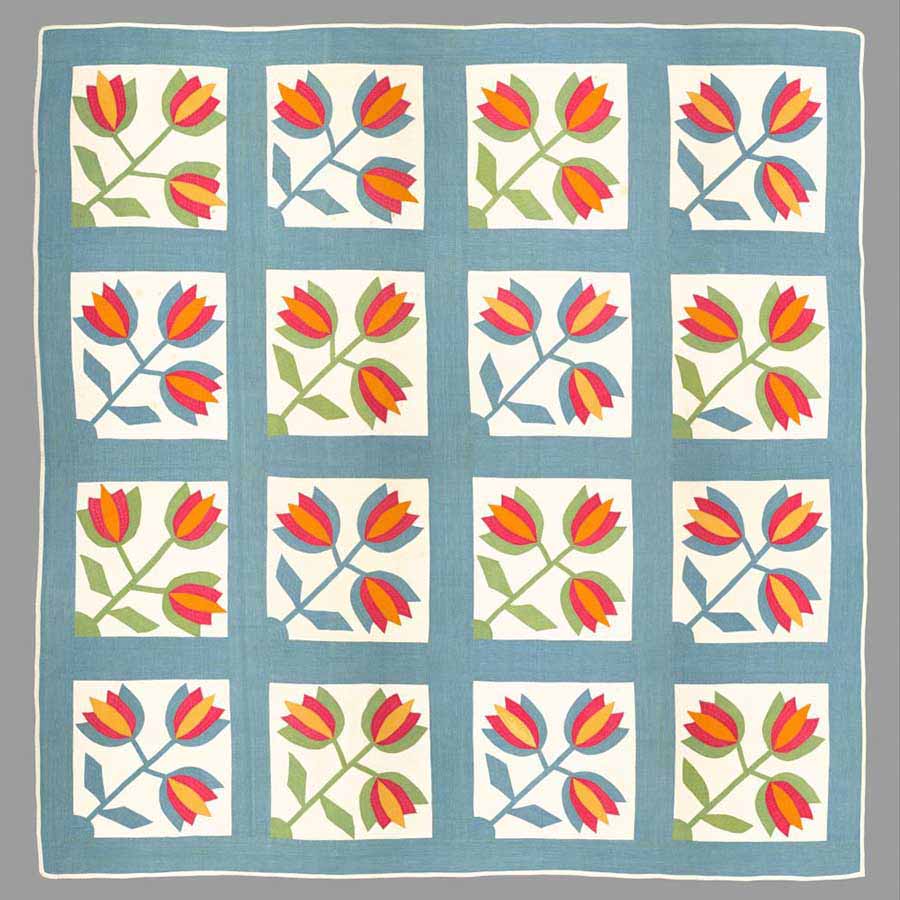
The tulip as a compositional silhouette underwent a profound transformation in the 20th century. In 1911, architect Frank Lloyd Wright completed a commissioned design for the Lake Geneva Hotel in southern Wisconsin, with highly geometric and simplified tulips for the windows on the building's upper floors. The pattern is therefore universally recognized. Architect Eero Saarinen, on the other hand, abandoned Wright's strict lines and angles to design the iconic Tulip table and chairs for furniture manufacturer Knoll International in the mid-1950s. Saarinen drew inspiration from the way tulip flowers sit atop slender stems.
(Author: Annikka Olsen)
(Compiled by: Bai Ding)
(Editor: Jiang Qiming)
(Source of the article: First published by Xinsancai)
